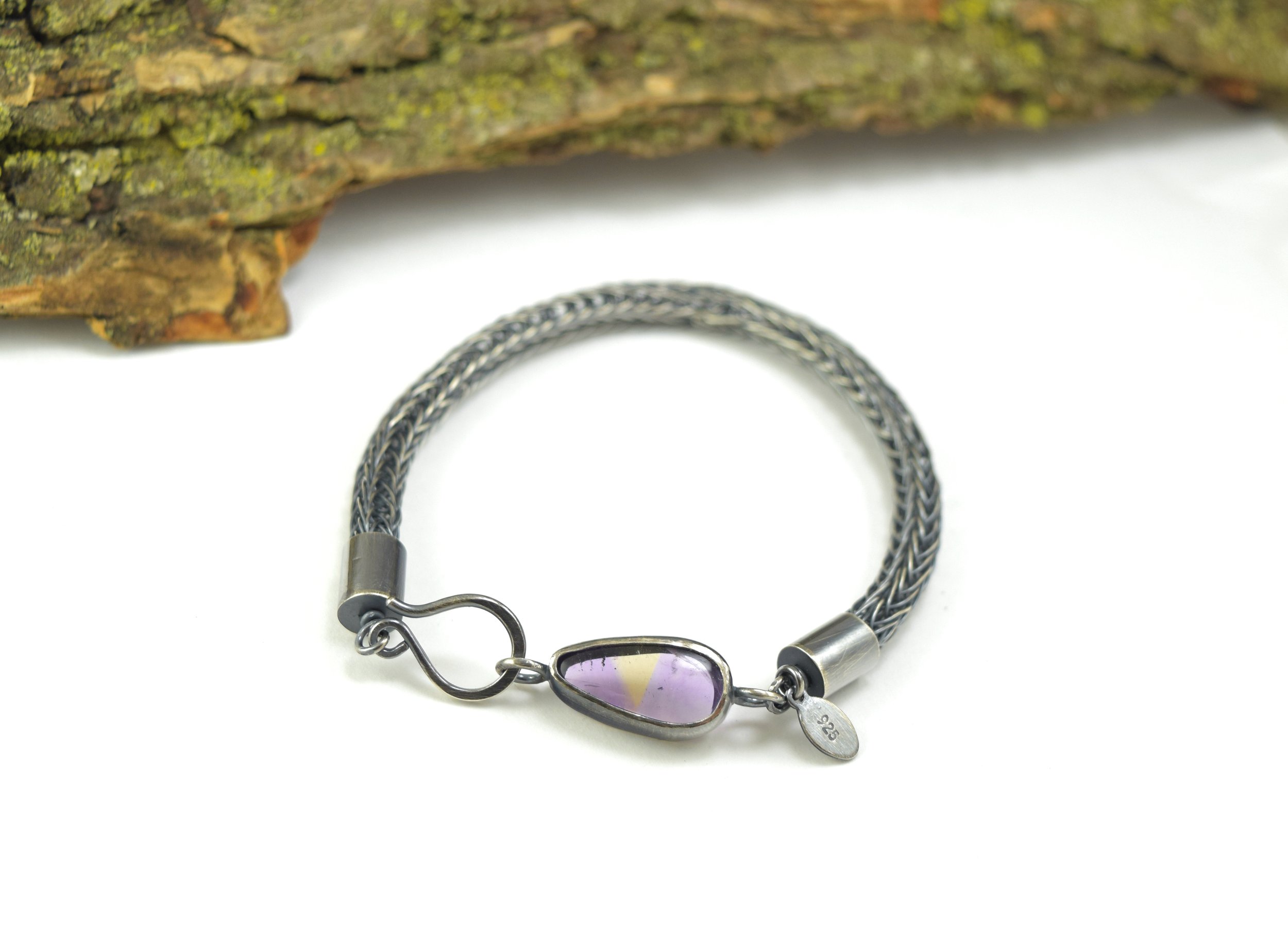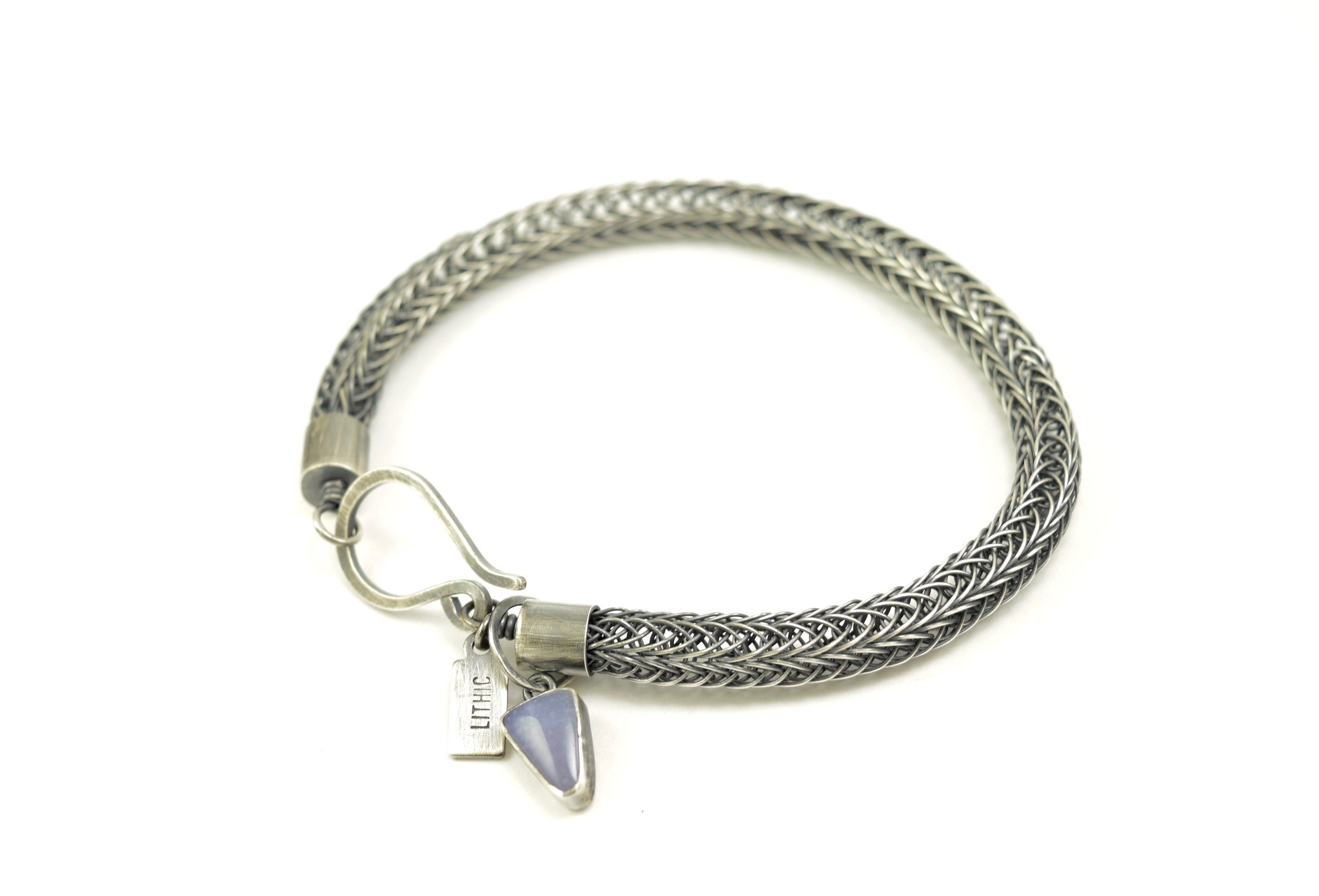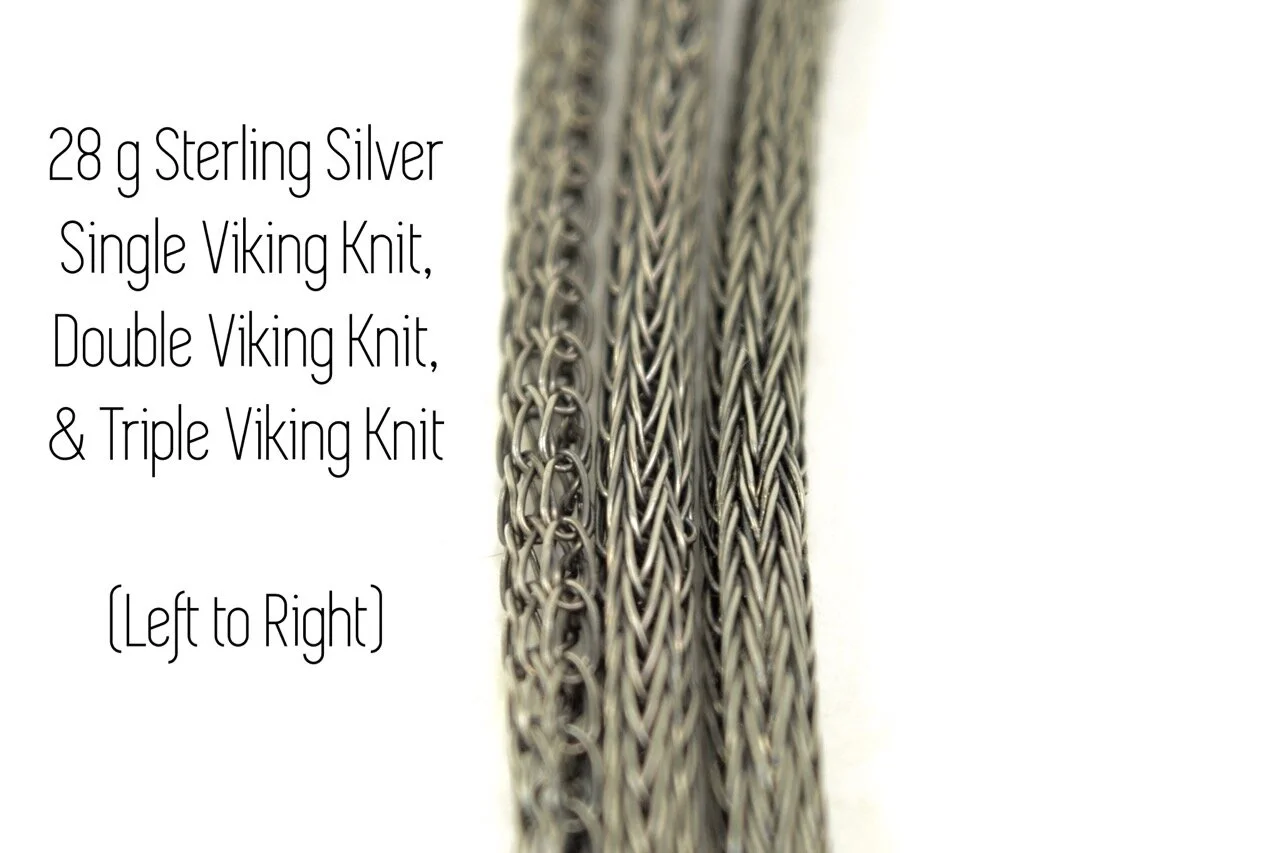Comparing Viking Knit Patterns & Techniques
Viking knitting is an ancient technique that has been around for over 1,000 years. It is easy to learn and perfect, and its compact nature makes it a fantastic hobby for road trips and plane rides*. If you take the time to acquire the necessary starting materials, I think you will find it to be a great new hobby with infinite design possibilities. *Check the TSA website before bringing pliers on a plane, as there are specific length limitations :)
This post will not be a full tutorial on how to create Viking knit chain, so much as a comparison of different patterns you can make using the technique. There are many Viking knit tutorials available on the internet (I recommend this one), but I haven’t found many in-depth comparisons on different patterns. Feel free to use this knowledge in your own Viking knit work as you see fit.
With that being said, this tutorial does not allow permission to recreate my finished work made with this technique. I ask that you use this information to create your own unique designs and be respectful of my work and copyright.
Below are a series of images of both unaltered and oxidized Viking knit chains along with the necessary materials and techniques to create them. All of the work you see here is created on a round standard pencil, which is one of two constants in all of these varying styles (the second being that they are all done in sterling silver).
The triple viking knit chain I created for this post is definitely the closest I’ve gotten to a true, even herringbone pattern with Viking knit, though it is the stiffest chain by far. Triple Viking knit chains seem more suited to bracelets because of its rigidity, but this could be avoided with less starting loops or a wider dowel while sacrificing the even herringbone appearance.
There are six major factors to consider in changing the look of your Viking knit chain:
1. Wire Size
2. Dowel Diameter
3. Knit Pattern (Single, Double, Triple, etc.)
4. How Widely you Space your Stitches
5. Final Draw Plate Diameter
6. Number of Starting Loops
Experimenting with these six factors will help you create unique combinations to suit your work.
If you give any of these combos a try, let me know how they went in the comments or tag me on Instagram @lithic_design.
- Kaley












